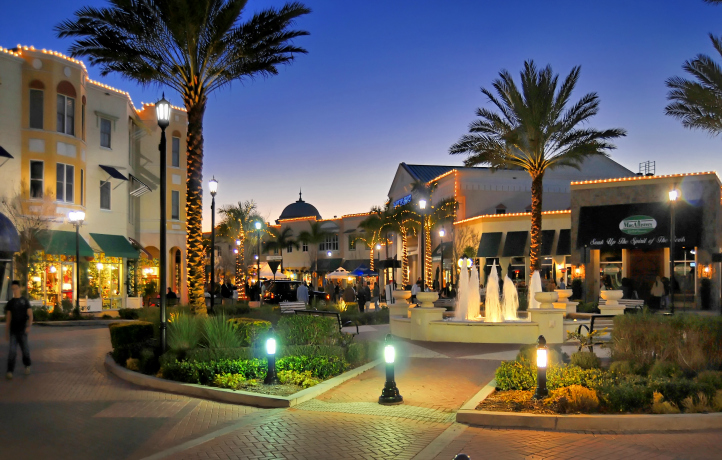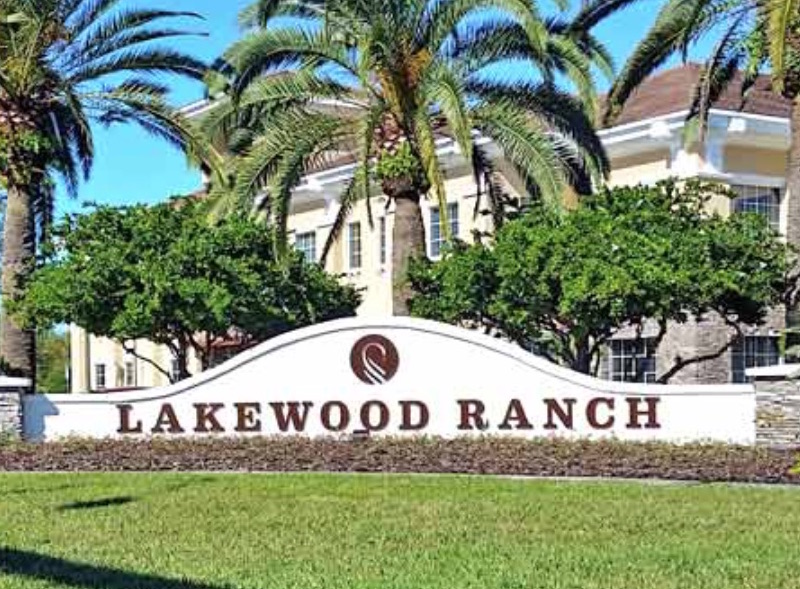What is a CDD Fee?

Community Development Districts (CDD) — What you should know.
A Community Development District (CDD) is a governmental unit created to serve the long-term specific needs of its community. A CDD’s main powers are to plan, finance, construct, operate and maintain community-wide infrastructure and services, specifically for the benefit of its residents.
What is the CDD specifically responsible for?
The CDD will provide the following publicly-owned elements:
- Off-site road improvements, streets, sidewalks, street signs and street lighting that will be transferred to the County for maintenance
- Water management, including main line irrigation, lake and water control structures
- Conservation areas
- water and sewer facilities which will be transferred to the appropriate franchised utility
- Landscaping and entry features
- Amenity areas
How do CDDs Operate?
A CDD is governed by its 5-member Board of Supervisors which is elected initially by the landowners, then begins transitioning to residents of the CDD after six years in operation. A professional manager implements the policies of the Board. The CDD’s business is conducted openly to the public, including meetings and records. Public meetings are held on CDD assessments, and the CDD’s budget is subject to annual independent audit.
What are the Benefits of a CDD?
Residents within a community with a CDD can expect:
- Higher levels of public facilities and services managed and financed through self-imposed fees and assessments
- Assurance that the facilities and services are completed concurrently with other parts of the development
- Perpetual maintenance of the environmental conservations areas
- Protects the long term property values because of consistent quality-controlled method of management
Relationship with Homeowner’s Associations
The CDD complements the responsibilities of a community homeowner’s associations (HOAs). Many of the maintenance functions handled by these associations in other communities may
be handled by the CDD. However, the associations have other responsibilities such as operating amenities and ensuring that deed restrictions and other standards are enforced. The CDD may contract with the master homeowner’s association to perform maintenance functions.
Cost of a CDD
The cost to operate a CDD is borne by those who benefit from its services. Property owners in the CDD are subject to a non-ad valorem assessment, which appears on the annual property tax bill from the county tax collector, This assessment can consist of two parts — an annual assessment for operations and maintenance, which can fluctuate up and down from year to year based on the budget adopted to that fiscal year — and, an annual capital assessment to repay bonds sold by the CDD to finance community infrastructure and facilities.
Lasting Value
The CDD makes it possible for a community to offer the most desirable elements of a master-planned community. Residents enjoy high quality infrastructure facilities and services with the comfort and assurance of knowing that the standards of the community will be maintained long after the developer is gone. The ongoing responsibilities of the CDD are to operate and maintain the facilities for the benefit of its property owners for years to come.



